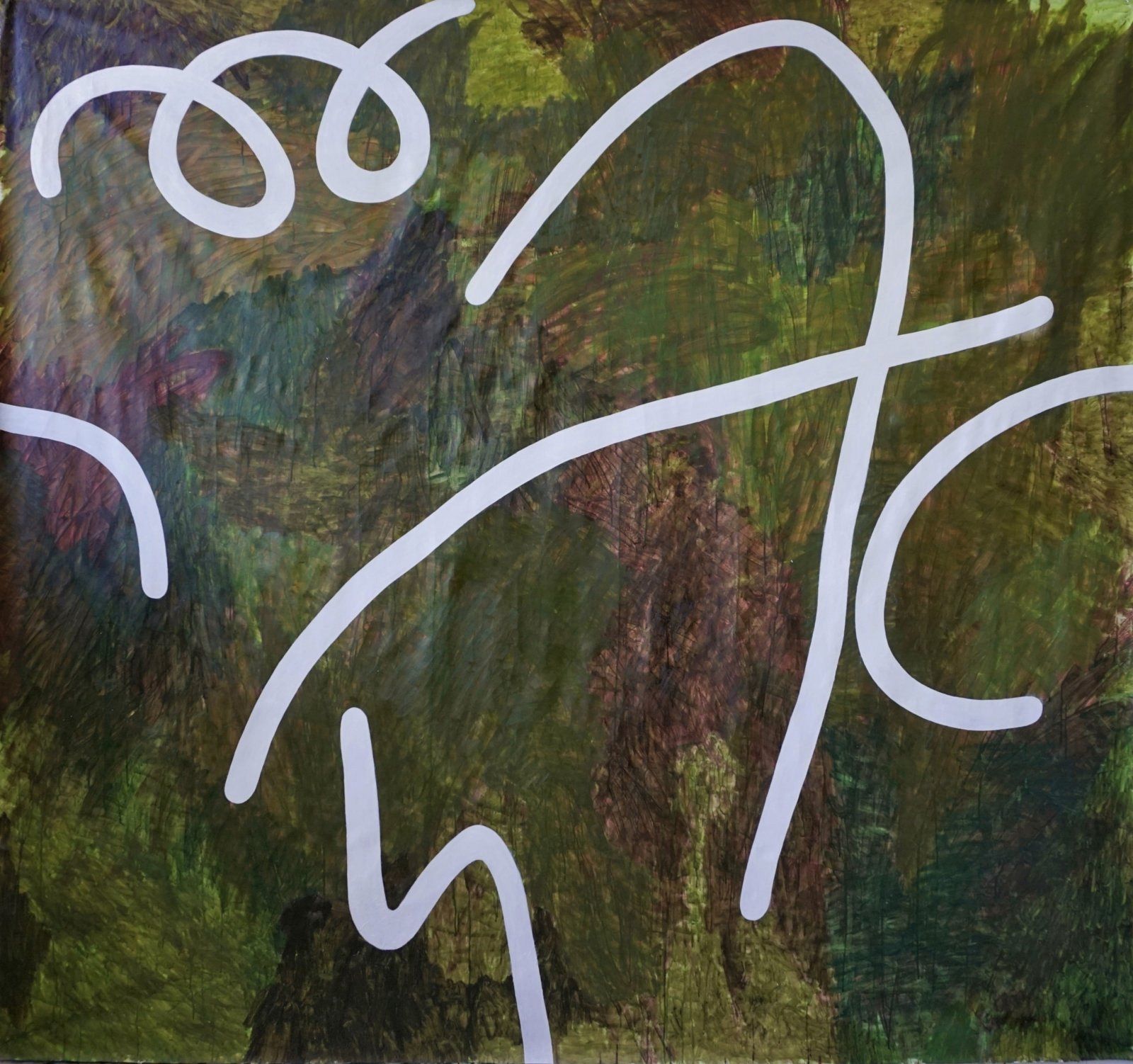
Gegee Ayurzana
ayurzana.gegee@gmail.com
gegeeayurzana.com/
www.instagram.com/gegeeeeeeeeeeeeeeeeeeeeeee/
The exploration between subsconsiously painting 'subsconsious' mark-making and consciously constructing subconscious mark-making is the main notion of my graduation project. What is this thing that is capable of removing the 'sub' from the subsonscious? Is it a hesitancy, or a touch of control, or just a lack of spirit? Can subconscious decisions be used to manipulate the previous subconsciously-made marks?
First, I just painted my breaths, my blinks, my touches. And stepped back and questioned the outcome without wanting to find the answer.
Why do you always search for the things that you already know? Why do you always seek the figures that you’ve already seen?
Why do we rush to recognize or understand? Why do we rush to avoid the unknown, incomprehensible, unfathomable?
Wait, can you just stay in that moment after questioning before answering? And for how long can you do that?
INTERNET-BASED ART THROUGH THE LENS OF MONGOLIAN NOMADIC CONDITION
Thesis
How today’s art is challenging the conventional standards in european art history by adopting some aspects that could resemble the bronze age nomadic ways of making art. Because of the always-shifting nomadic lifestyle, bronze age nomads had to treat art production as the ultimate survival practice and tool rather than a luxury. Artist's role in that society was also seen as a mediator that works between a higher power and a public, which suggests a completely different perception from a modernist idea of an artist as an individual genius. It also reveals how nomadic lifestyle encourages heterogeneity (such as multiple purposes being practiced in one tool), which is another prominent aspect in contemporary art practices and contemporary artists' role today.
This research generally aimed to bring awareness that dominant art perception and theories have been shaped around and by the cultures with mostly sedentary lifestyles, thus the importance of acknowledging how nomads' way of perceiving art was addressed.